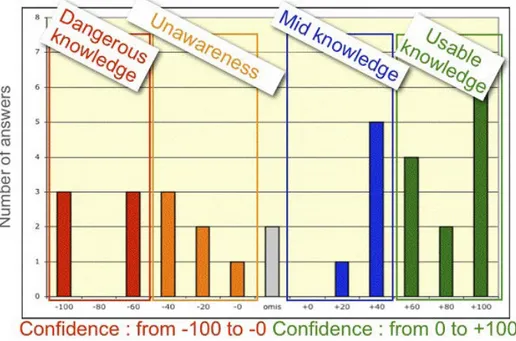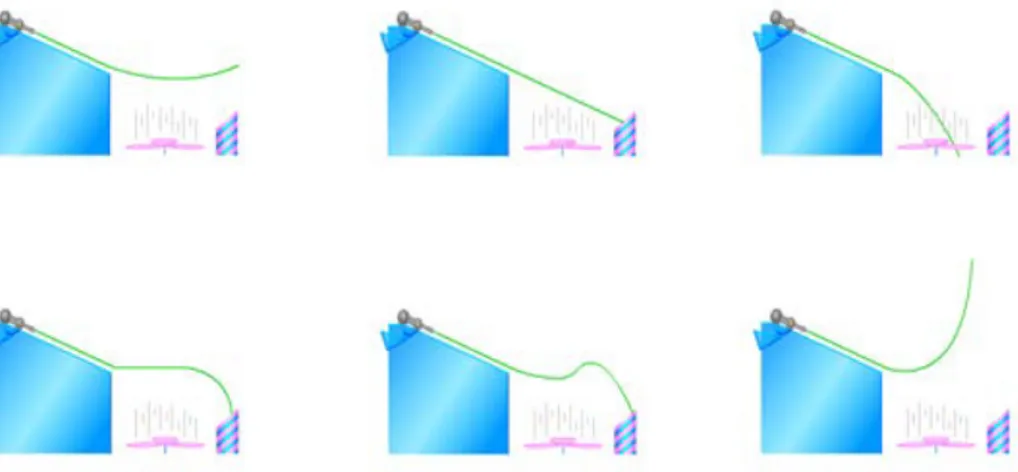A quest for meta-learning gains in a physics serious game
Texte intégral
Figure



Documents relatifs
The education community has developed a broad range of serious games that combine pedagogy and interactive problem solving with the salient properties of games (e.g.,
The Packet by Packet context is cleared between Packets so that this History Buffer is not maintained across Packet boundaries. Packet Integrity
possible solution for this issue, intermediate CSRs can identify Bypass-pipe control messages by marking cell headers, e.g., PTI bit which indicates F5 OAM cell. With regard
Additionally, there could be multiple class attributes in a RADIUS packet, and since the contents of Class(25) attribute is not to be interpreted by clients,
In 2000, we decided to build a new sort of system for the learning of formal algebra and we followed three major principles: (1) the student will present his/her calculation
Because students in the explicit condition need to process additional information about the heuristics, they are expected to need more time for the learning process at the start
This fragile and open form of identity nevertheless better represents the stakes of human exis- tence than the two extreme solutions (1) to base personal identity on the idea of
At the first level, the game uses a generation grammar and a signing avatar to let the student create signed utterances from menu-based patterns; at higher levels, the game